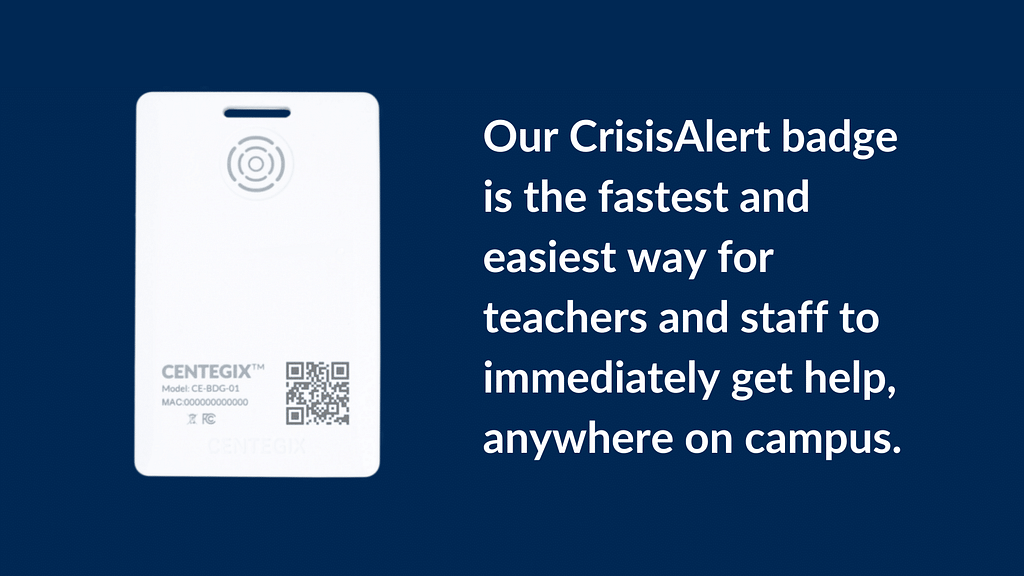Alyssa Alhadeff, 14, was killed in a school shooting at Marjory Stoneman Douglas High School in Parkland, Florida, in 2018. Since then, her memory has inspired school safety plan changes in multiple states.
Alyssa’s Law is a piece of legislation created to improve the response time of law enforcement agencies during public school emergencies. It calls for public elementary and secondary school schools to install silent panic alarms that immediately notify law enforcement about potentially dangerous situations on campus.
As debates about school violence continue along a partisan divide, Alyssa’s Law offers a nonpartisan measure. Silent panic alarms aren’t a final answer to the issue of school violence that inspired the legislation, but they’re a step toward making campuses safer.
To date, a number of states have adopted Alyssa’s Law as an important part of their school safety solutions, but efforts are underway to expand the law’s reach.
People murdered during the Valentine’s Day shooting in Parkland and other tragedies around the nation are seen as victims, but they were so much more to those who knew them. Alyssa was a daughter, a friend, a soccer player, and a vibrant young lady. The legislation created in her honor is a practical step toward protecting young people like her from the horror she experienced.
The State of Alyssa’s Law in 2023
Alyssa’s parents, Lori and Ilan Alhadeff, founded Make Our Schools Safe with the goal of preventing more parents from experiencing the grief they’ve felt and continue to feel.
The foundation has pushed to have Alyssa’s Law adopted throughout the country. New Jersey was the first state to pass Alyssa’s Law as part of its school safety solutions in 2019. New Jersey Gov. Phil Murphy said that installing silent panic alarms was a concrete step his state could take to protect its students.
“Alyssa’s death is a stark reminder of the dangers of gun violence and the need for adequate school security measures,” Murphy said. “In New Jersey, we will do everything in our power to prevent these tragedies from occurring within our borders.”
Florida, Alyssa’s home state, passed the law in 2020. When Gov. Ron DeSantis signed the bill into law, he said, “Every child needs a safe and secure learning environment. By signing HB 1421, we continue to build on the many steps we have taken since 2019 to implement the recommendations of the Marjory Stoneman Douglas Public Safety Commission.”
In June 2022, New York became the third state to pass the legislation into law. CENTEGIX, a company that developed the CrisisAlert wearable panic button, applauded New York’s decision to require public schools to consider panic alarm systems as part of the state’s school safety solutions.
Gov. Kathy Hochul said she was “proud to put pen to paper on Alyssa’s Law, a real and meaningful piece of legislation that will require school districts to evaluate systems that can save precious minutes—and lives—in the event of an active shooter situation.”
Texas passed the law in May. State Rep. Shawn Thierry said, “I feel that this bill is not a Democrat or Republican issue. This is a lifesaving issue.” After the Texas decision, Lori Alhadeff said, “I think that this is another tool in the toolbox for teachers, for administrators,” she said, “so that they know that once they press that button that is directly linked to law enforcement, that they can come on the scene.”
Also in May, the Tennessee Assembly passed a bill in support of Alyssa’s Law, and Gov. Bill Lee signed it into law. “Nothing is more important than Tennessee students and teachers returning home from school safely each day,” Lee said.
In recent years, legislation has been put forward for consideration in statehouses including:
- Arizona
- Georgia
- Michigan
- Nebraska
- Oregon
- Virginia

Mobile Panic Buttons
Alyssa’s Law is about saving time, so law enforcement officials can respond to dangerous situations on school property as quickly as possible.
Time can mean the difference between life and death. The value of a rapid response during a school shooting is obvious, but a silent panic button can apply to a variety of situations that could affect a classroom:
- student or staff member experiencing a medical emergency
- threats against a teacher
- students fighting
- a student attempting to self-harm
- students leaving campus
The CENTEGIX CrisisAlert wearable panic button badge provides teachers and other staff members the ability to alert officials instantaneously. The technology avoids the potential pitfalls of sending a student for help or trying to reach a school administrator away from their desk.
When designing the CrisisAlert mobile panic alert system, CENTEGIX relied on feedback from representatives of the Marjory Stoneman Douglas Public Safety Commission.
In addition to connecting with 911 systems and coordinating with a diverse range of responders, CrisisAlert provides:
- 100% coverage of all indoor spaces and outdoor areas
- room-level location accuracy, including floors
- wearable panic button to empower every staff member not just teachers
- audio and visual alerting (lighted strobes and desktop screen takeovers)
- integration with intercoms
The goal is always to reduce response time and get first responders to the scene providing help as soon as possible after an emergency occurs. Wearable, silent panic buttons are a critical component of reaching that goal in schools.
Funding for School Safety Solutions
As much as people wish it wasn’t so, school violence isn’t going away. Newspaper headlines and media reports confirm that tragedy can strike at any school.
State governments across the country have made grant money available to school districts. Funds have been used to harden facilities with upgrades:
- replacement or enhancements to doors and windows
- access control systems
- perimeter security
- interior and/or exterior camera systems
- panic alarm systems
In the wake of passing Alyssa’s Law, Texas Rep. Thierry said her state has allocated $800 million for school safety solutions that school districts can access to install and maintain silent panic buttons.
When Florida approved the legislation, the state designated $8 million specifically for Alyssa’s Law compliance at the state’s public and charter schools.
New Jersey has school security grants available through the Bond Act. To access the funds, schools must present a proposed plan for Alyssa’s Law compliance.
On the federal level, the U.S. Department of Justice’s School Violence Prevention Program provides funds that schools can use to improve security. The 2023 deadline passed on May 17, but expect more funds to be available for 2024.
Similarly, the deadline to apply for the STOP School Violence Grant Program passed in May, but expect the program to be funded again next year. The grant is from the Bureau of Justice Assistance, and it can be used to:
- Implement training that will improve school climate using school-based behavioral threat assessments and/or intervention teams to identify school violence risks among students.
- Purchase technological solutions shown to increase school safety.
- Execute school safety strategies that assist in preventing violence.
Going Forward
As ongoing efforts to pass Alyssa’s Law in Arizona, Georgia, Michigan, Nebraska, Oregon, and Virginia suggest, there’s a desire among officials to provide robust school safety solutions.
Alyssa’s ability to build a legacy was cut short by a gunman in 2018, but her parents and their many partners are committed to protecting others in her memory. To contribute to the cause, visit here.
CENTEGIX is the leader in incident response solutions. Our CrisisAlert platform is the fastest and easiest way for staff to get help in any emergency, from the everyday to the extreme. CENTEGIX creates safer spaces by innovating technology to empower and protect people. Leaders nationwide trust our safety solutions to provide peace of mind.
To learn more about CENTEGIX and Alyssa’s Law, visit www.centegix.com/alyssaslaw.










